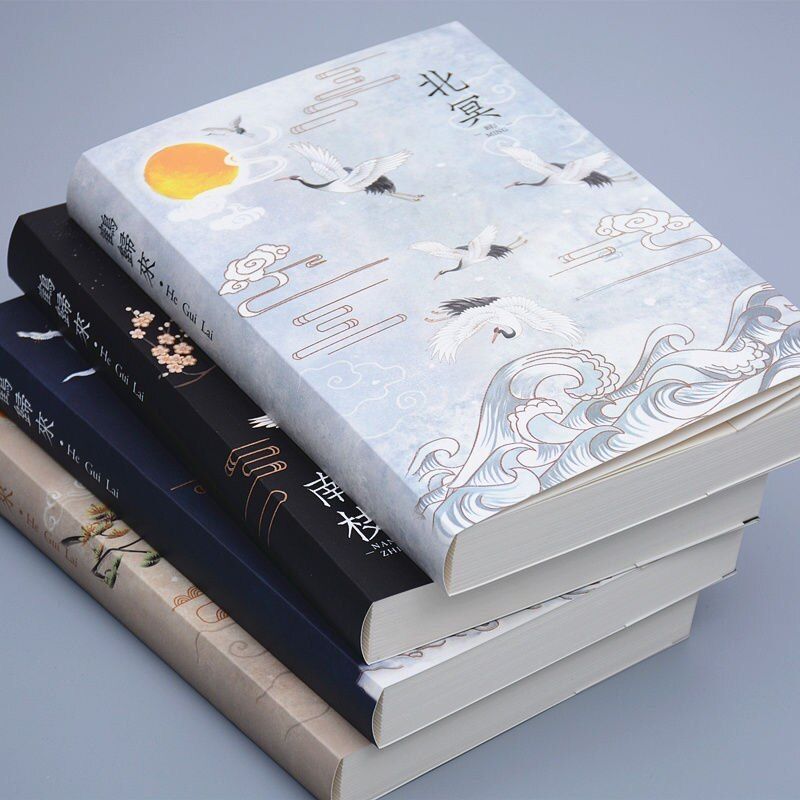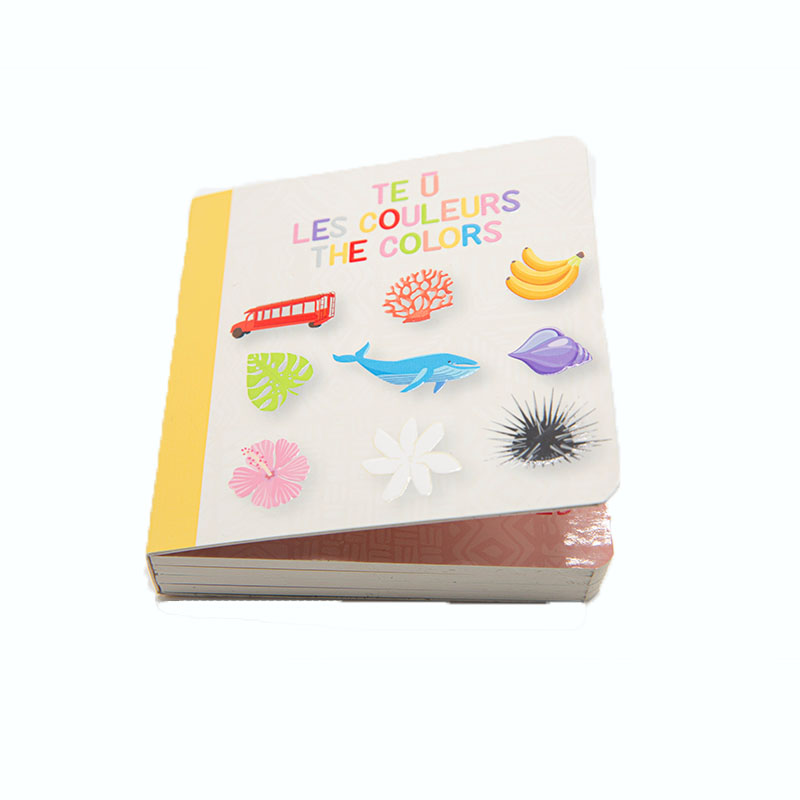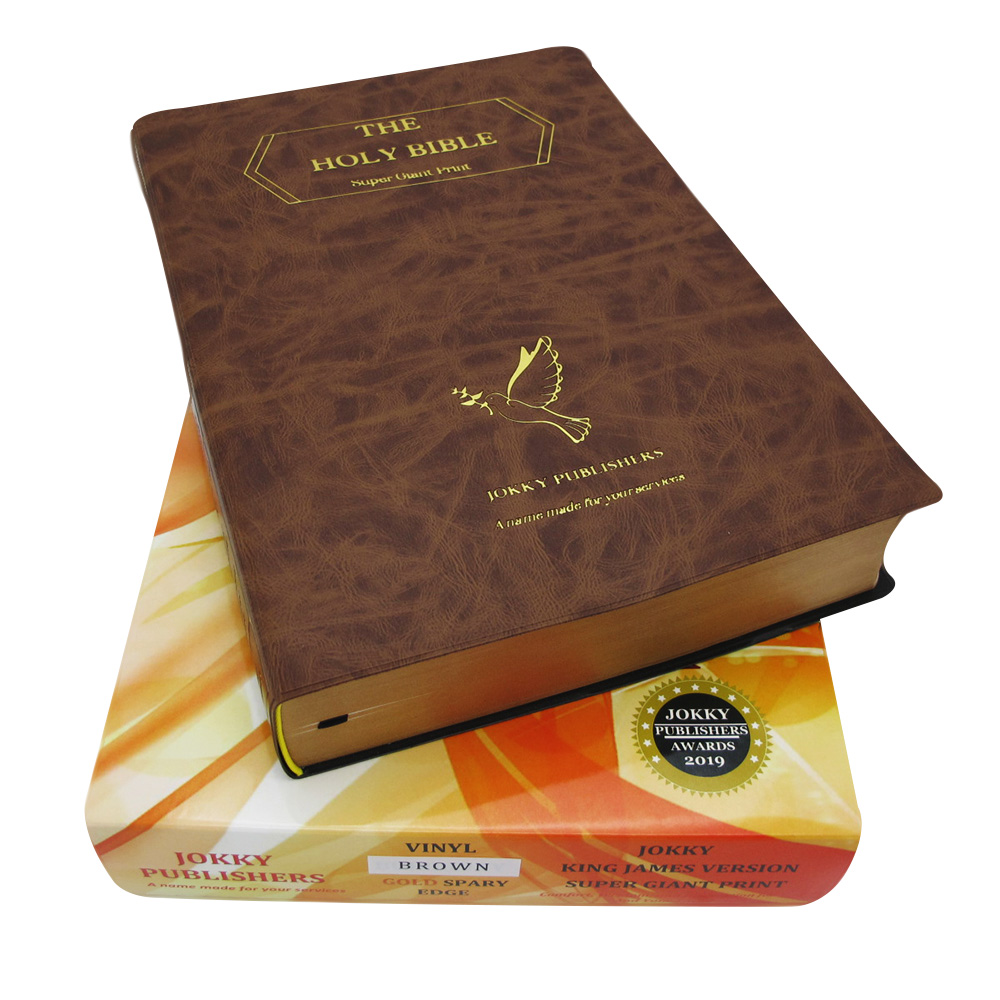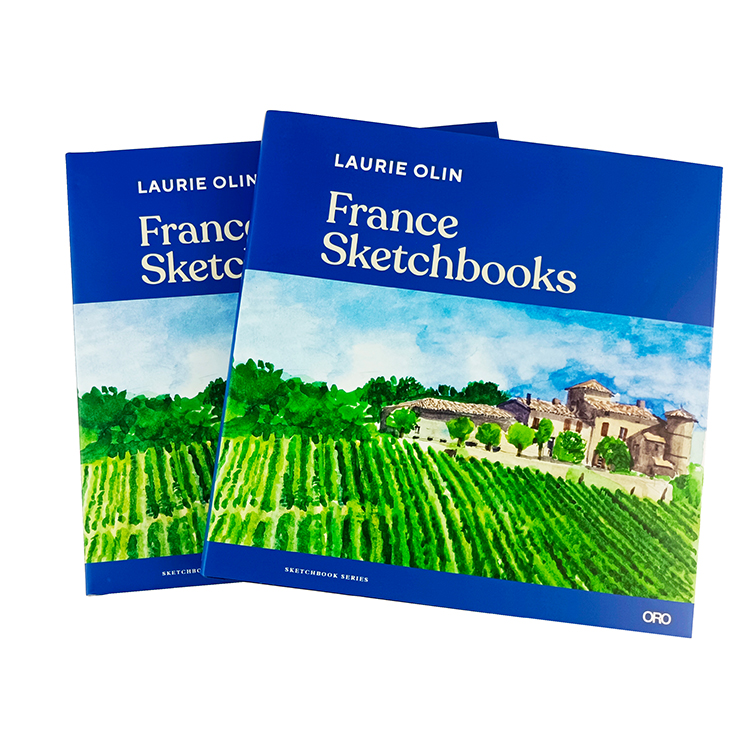How Much Does It Cost to Print a 100-Page Book?
Printing a book, especially a 100-page book, involves various factors that can affect the overall cost. Whether you are an author looking to self-publish, a business aiming to print promotional materials, or a publisher calculating the cost for a print run, understanding how pricing works is crucial. In this article, we will break down the cost factors involved in printing a 100-page book, explain how quantity and other variables can influence the price, and provide insights into how to make the most cost-effective decisions.
The cost of printing a 100-page book depends on several key factors including quantity, paper type, printing technology, and additional features like binding and color options. On average, printing 100 copies of a 100-page book may cost around $39.20 per book, while printing 250 copies can bring the cost down to $33.36 per book. Understanding the dynamics of printing costs can help you make informed decisions, whether you are a first-time author or a business looking to produce multiple copies of a book.
Table of Contents
The Pricing Breakdown of a 100-Page Book
Before diving into the details, let’s first look at a simplified pricing model based on quantity.
- 100 Copies: Approximately $39.20 per book
- 250 Copies: Approximately $33.36 per book
This pricing can change based on several factors, which we’ll explore in the following sections.
Why Does Quantity Affect the Price of Printing?
One of the most significant factors that influence the cost of printing a 100-page book is the quantity of books you want to print. Here’s how the numbers work:
Small print runs (e.g., 100 books) are generally more expensive per unit. This is because the setup costs, such as file preparation, machine setup, and material sourcing, remain constant regardless of how many books you print. The fewer the number of books, the higher the cost for each copy.
Bulk printing (e.g., 250 or more books) reduces the cost per unit because the setup costs are spread out over more books, making the process more efficient. This often results in a lower price per book.
Example Calculation:
- Printing 100 copies of a 100-page book might cost you around $39.20 per book.
- However, printing 250 copies of the same book may bring down the cost to approximately $33.36 per book.
The more books you print, the more you can save per unit.
What Are the Different Types of Paper for Printing?
Paper type plays a pivotal role in the cost and quality of your printed book. Different types of paper can significantly impact the final price, especially when you are printing in bulk.
- Coated Paper: Coated paper, available in gloss and silk finishes, is often chosen for picture books because of its ability to produce vibrant, high-quality images. Gloss paper provides a shiny, high-intensity finish, making it ideal for books that are image-heavy. Silk paper, on the other hand, offers a smoother, semi-gloss finish, providing a balance between image clarity and readability for text-heavy books. Depending on the finish you choose, the paper can vary in cost.
- Uncoated Paper: While less expensive than coated options, uncoated paper may not display images as vividly as coated paper.
The choice between gloss, silk, or uncoated paper will depend on the visual appeal you want to achieve and the total cost of production.
How Does Binding Influence Printing Costs?
Binding can significantly affect the overall cost of printing a book. There are several common binding types:
Perfect Binding: This is the most common and cost-effective binding option for paperback books. It provides a professional finish and is ideal for most paperback novels and picture books.
Hardcover Binding: If you are printing a more premium product, such as a children’s picture book, you may choose hardcover binding. This option is more expensive than perfect binding due to the materials and labor involved.
Saddle Stitching: For shorter print runs, saddle stitching (stapling) may be a cost-effective choice, but it’s typically used for magazines or smaller books.
Binding types also affect the time and labor involved in production, which is factored into the overall cost.
What Printing Method Should You Choose for Your Book?
Choosing the right printing method can also impact the price of producing your 100-page book. Two common printing methods include:
Digital Printing: Ideal for small print runs, digital printing offers lower setup costs and is often preferred for smaller quantities (less than 500 copies). The cost per unit remains higher for smaller runs but decreases as the print run increases.
Offset Printing: Offset printing is better suited for large print runs (500 or more). While the upfront setup cost is higher, the price per book decreases with quantity, making it a more economical choice for bulk printing.
Are Color and Custom Features Worth the Additional Cost?
Adding color or custom features like foil stamping or embossing can make your book stand out but may significantly increase the printing cost. Here’s how these features impact the price:
- Color Printing: Full-color pages, especially for picture-heavy books, can increase costs as more ink is used.
- Custom Features: Adding foil stamping, embossing, or other custom designs requires special equipment, which adds to the overall cost of production.
Carefully weigh whether these features align with your project goals and whether the investment will pay off in terms of the final product’s impact.
How Do Paper Weight and Quality Affect Printing Costs?
The weight and quality of the paper you select can directly influence the cost. Heavier paper adds to the printing cost because of its higher material cost and the extra weight it adds to shipping. Higher-quality paper, particularly in textured or specialty finishes, may also increase the cost of your print run.
Choosing a paper that strikes a balance between quality and cost is essential for optimizing your budget.
What Are the Benefits of Bulk Printing?
As mentioned earlier, printing in bulk can drastically reduce the cost per unit. Bulk printing offers several advantages:
- Lower Costs: The more books you print, the less expensive each individual book becomes.
- Better Quality Control: With larger print runs, printers can use more consistent processes, ensuring uniformity across your book copies.
- Better Shipping Rates: Shipping costs are typically cheaper per unit when sending a larger quantity of books.
How to Estimate the Final Cost of Your Book
To estimate the total cost of printing a 100-page book, consider all the variables:
- Quantity
- Paper type
- Binding choice
- Additional features (color, special finishes, etc.)
This will give you a clear idea of your per-book cost and help you plan your budget effectively.
How Can You Save on Printing Costs?
To reduce costs, consider the following strategies:
- Print in Larger Quantities: As discussed, printing more copies will lower the cost per book.
- Simplify Design: Avoid costly add-ons like excessive color or custom features unless absolutely necessary.
- Compare Printing Services: Shop around for the best printing companies that offer competitive rates for high-quality prints.
What Are the Hidden Costs in Book Printing?
There may be hidden costs associated with book printing that aren’t always obvious upfront:
- Shipping and Handling: Shipping books, especially in bulk, can become a significant cost factor.
- Design and Prepress Costs: If you require professional design services or file preparation, these costs should be factored in.
- Overruns: Printers may print additional copies beyond your original order, which can increase your final cost.
Conclusion
When considering how much it costs to print a 100-page book, many factors influence the overall pricing, including quantity, paper type, binding options, and additional custom features. Bulk printing can lead to lower costs per unit, making it more cost-effective for larger orders. However, every decision—from paper selection to the printing method you choose—affects your final price. By understanding these variables, you can make more informed decisions and potentially reduce your printing costs.
FAQs
Q1. How long do hardcover books last?
Hardcover books can last for many years, especially when properly cared for. Their durability makes them ideal for preserving valuable content for future generations.
Q2. Can hardcover books be printed in small quantities?
Yes, with modern digital printing technology, it’s possible to print hardcover books in smaller quantities, making them accessible even for limited runs or self-publishing authors.
Q3. Is hardcover binding more expensive than paperback?
Generally, yes. The materials and processes required for hardcover binding are more costly, but the long-term value and durability justify the investment, especially for high-end books.
Book Printing
New Products
Last Blog
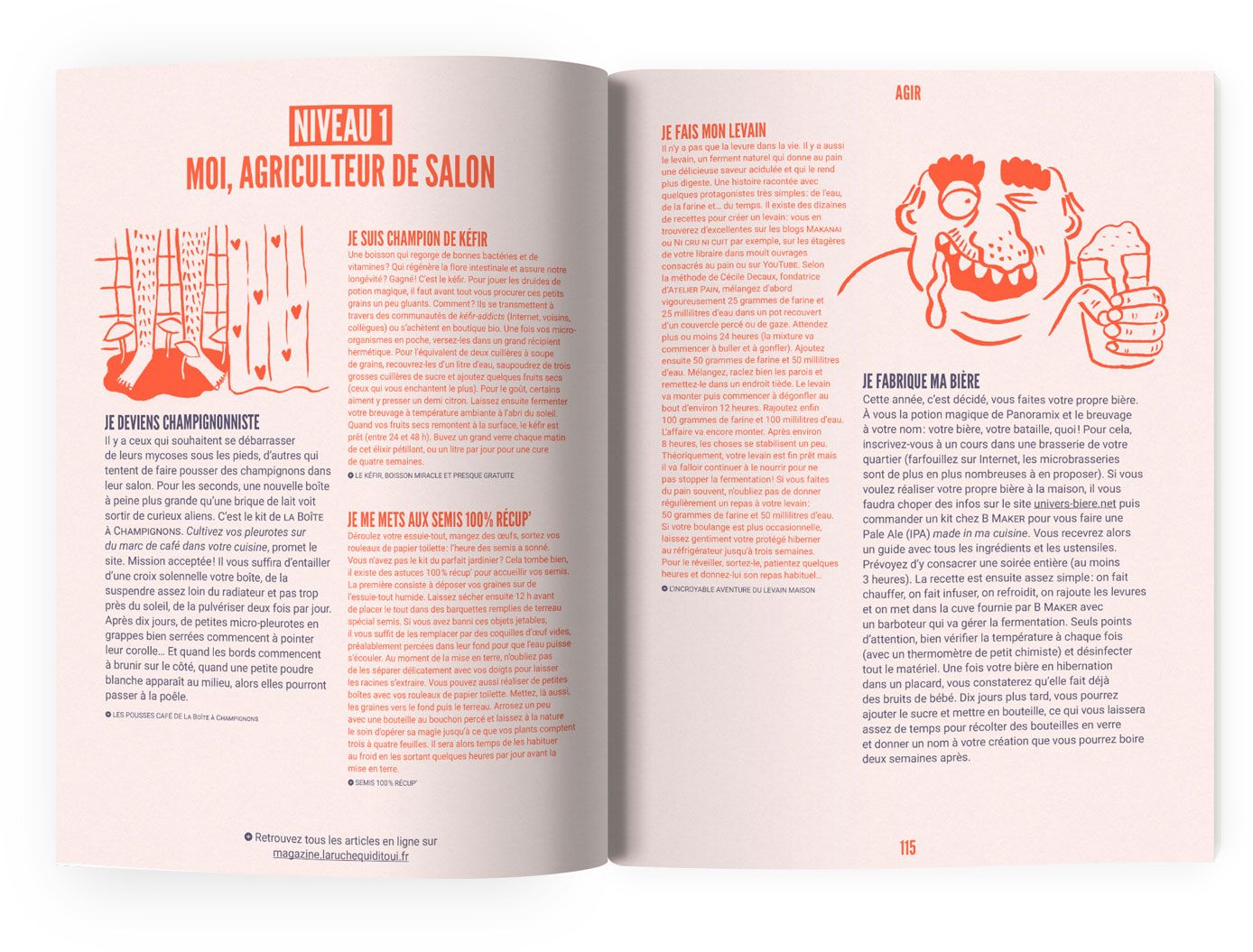
How Much Does Printing Books Cost
Embarking on the journey of self-publishing a book is both exhilarating and challenging. As a book printing factory,
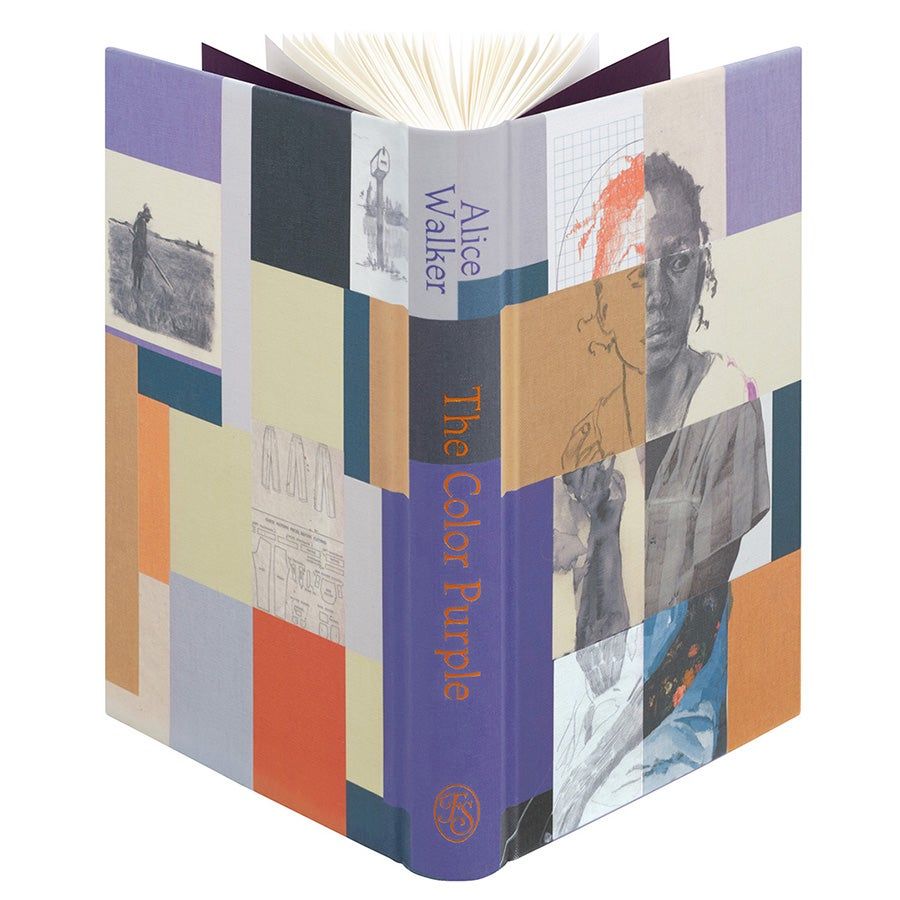
Comprehensive Guide to Custom Hardcover Bookbinding
Hardcover bookbinding remains a top choice for authors, publishers, and book lovers due to its unparalleled durability and elegant aesthetic. While paperback books offer convenience and portability,
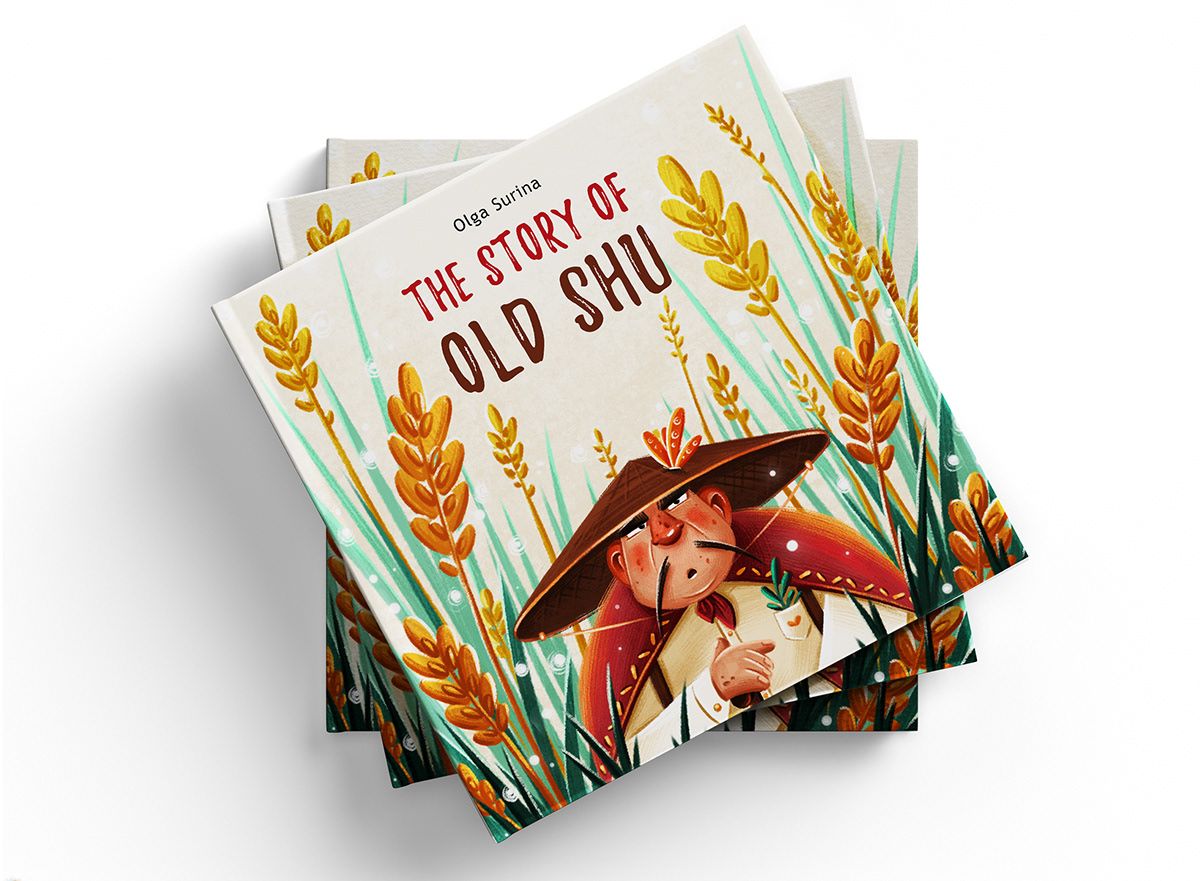
What Kind Of Paper Are Children’s Books Printed On?
When creating a children’s book, every element matters—especially the choice of paper. Selecting the right type of paper can elevate a book’s look,

How much does it cost to make a photobook
Creating a photobook is an ideal way to preserve memories, celebrate life’s milestones, or even present a unique gift to someone special. However, many people find themselves asking, *”How much does it cost to make a photobook?”* The cost of creating a high-quality photobook can vary significantly depending on various factors.
Contact Us
- +86 13946584521
- info@booksprinting.net
- 8:00 - 22:00 (Mon - Sun)
Comments
Related Blog
Find the newest trends and common knowledge in book printing business.
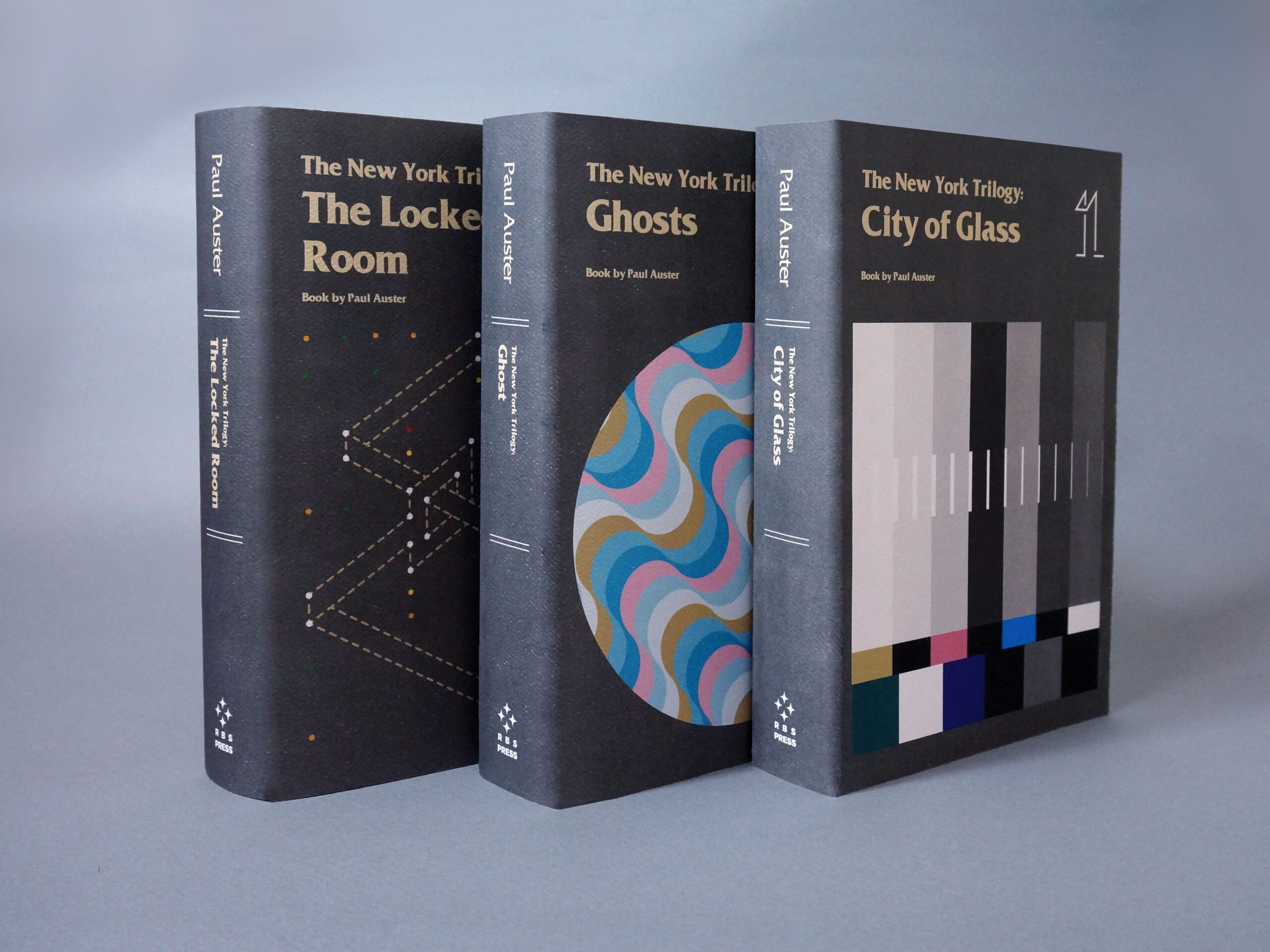
The Power of Custom Book Printing
If you’re diving into self-publishing, one of your primary concerns will be finding economical options for book printing
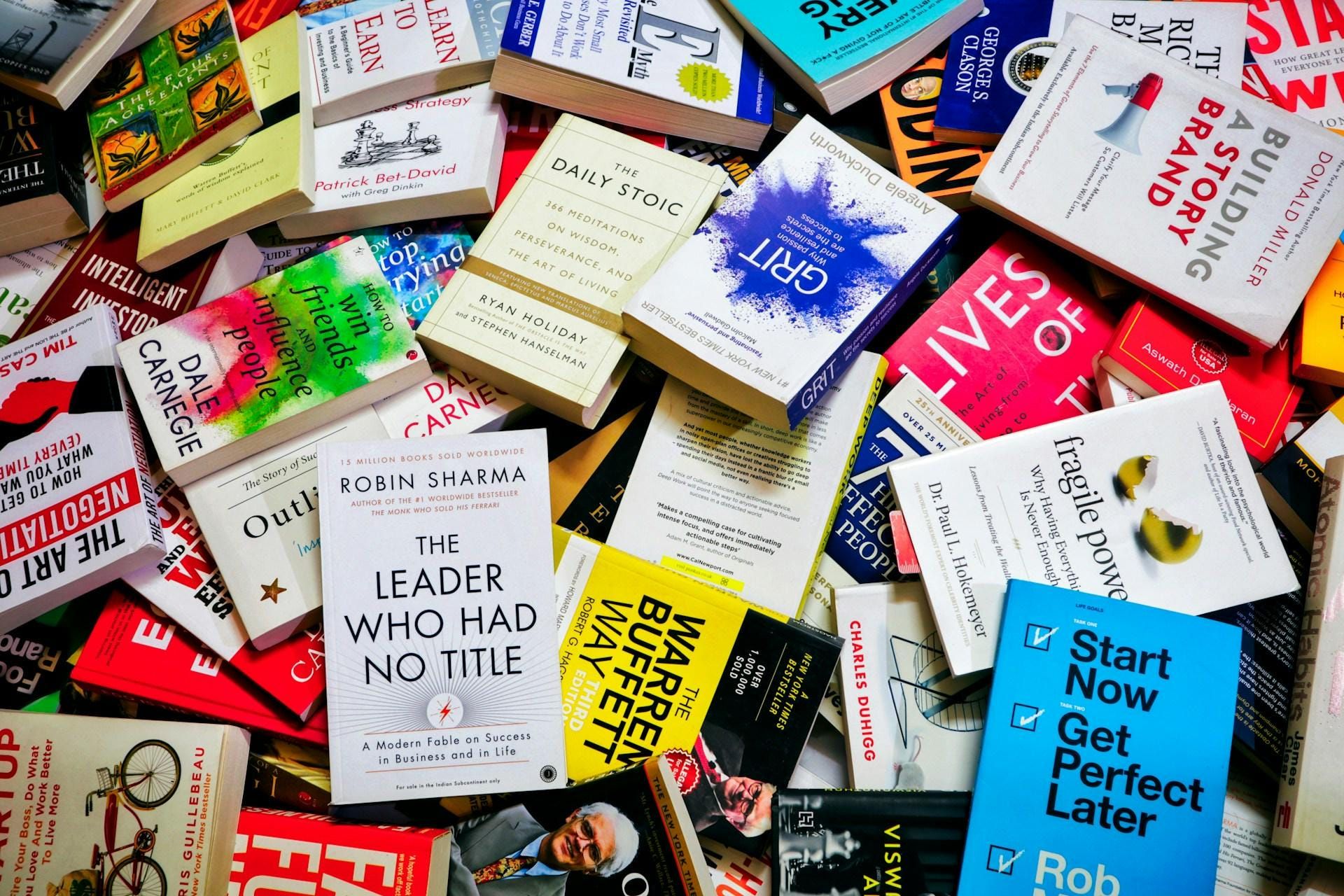
How To Print A Book
Self-publishing has increasingly become an ideal choice for writers and content creators looking to maintain control over their work from creation to sales. Unlike traditional publishing,
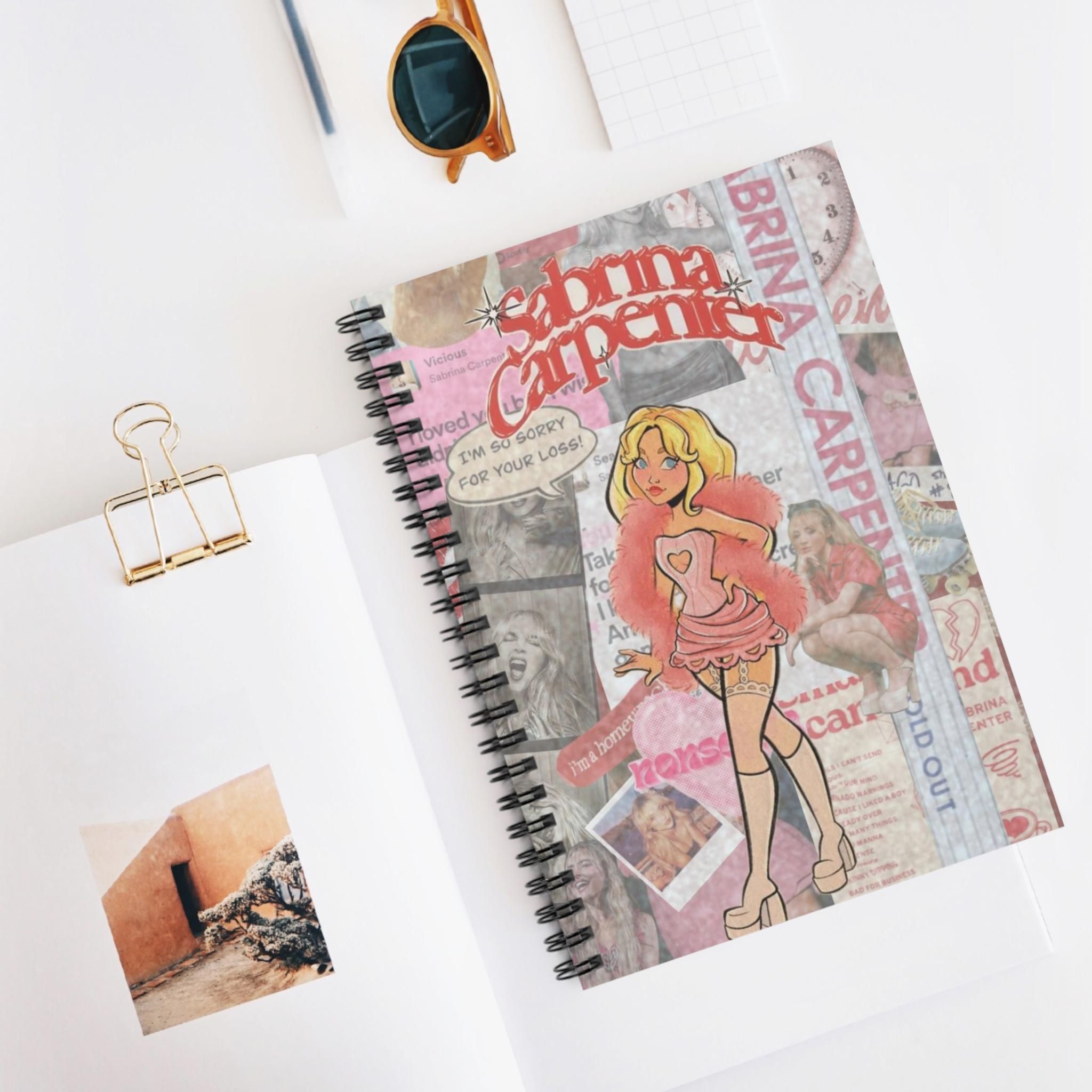
The Ultimate Guide to Spiral-Bound Books: Why They’re Perfect for Your Business Needs
Spiral-bound books are a popular choice for those looking to keep their documents organized, accessible, and professional.

What Company Prints Comic Books
Creating a comic book is an intense labor of love, with countless hours poured into illustrations, storyboarding,

